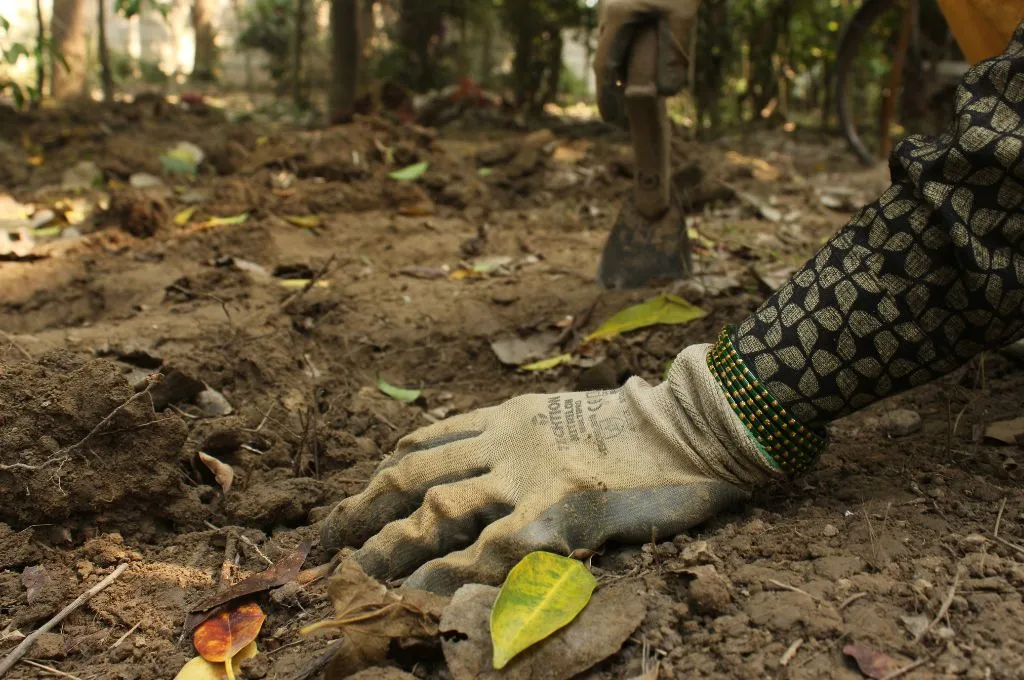Government data on employment has shown a downward trend, with the unemployment rate at 10.2 percent for 2023–24. However, the picture looks a little different when this data is disaggregated.
A significant proportion of the youth are employed in unpaid care work or agricultural labour. Among young women, approximately 34 percent are engaged in unpaid domestic work and only 5.3 percent are salaried employees.
Recognising this growing problem, the government of India launched the Prime Minister’s Internship Scheme under the Ministry of Corporate Affairs (MCA) in 2024. Its goal is to create 1 crore internships over the next five years. The scheme was piloted in October 2024 with 1.25 lakh students—a little more than 1 percent of the total target.
Currently, 42 crore young people in India fall within the 15–29 age bracket. According to government data, approximately 12 crore in this group are not involved in any kind of education, employment, entrepreneurship, or technical training (NEET). The internship is targeted at this group.
Even though the aspirations of the internship scheme are quite measured, it represents a significant step forward for the country given the large number of young people that it aims to engage. However, it is important to consider who is actually benefiting from this opportunity, whether the eligibility criteria are inclusive enough, and how the government can implement the scheme more effectively.

Who is the internship for?
The scheme’s focus is well-intentioned, as it only applies to youth from marginalised backgrounds—those from families where no member earns INR 8 lakh or more. However, ‘family’ is defined as parents or spouse, and there’s no cap on family income. This means that young people with high-earning siblings could also apply, with no safeguards in place to prevent this.
The scheme also attempts to ensure diversity in the applicant pool. Young people aged 21–24 who have completed high school, higher secondary school, vocational education, or graduation but are currently neither employed nor pursuing education full-time can apply for the internship. This offers companies the opportunity to consider talent they might otherwise overlook. But given the broad eligibility criteria, it would not be surprising if the selection remains skewed towards graduates.
The application process adds a layer of exclusion as well. Applications can only be submitted through the PM Internship portal. Many students struggle to navigate the portal and end up going to Digital Seva Kendra where they must pay to get registered. Thus, it inadvertently favours digitally literate youth, particularly tech-savvy young graduates from urban areas who can access online portals more easily than those with less exposure. The process makes the internship less inclusive and more likely to exclude the very people it seeks to benefit.
The current eligibility criteria raises the question: how likely is it that the young people who need this internship the most know about the scheme? For instance, a young person whose parents work in informal labour in rural India and have spent their life savings on their child’s high school graduation may be less likely to know about this scheme. Even if they do know, are they equipped with the resources to apply for it?
At Antarang Foundation, the nonprofit I head, we engage with the youths whom the scheme targets. So we know that there is a lack of awareness about the initiative among this group. When we did not observe any young people talking about it, we conducted a dipstick survey to gauge their awareness. We found that despite advertisements in national newspapers, social media posts, and information disseminated on government-run and other WhatsApp channels, less than 50 percent of the participants knew what the internship scheme was about. They were unaware of the eligibility criteria, how to access the internship, or where to register, because most of them do not follow government social media handles for information.
For companies, the scheme offers a massive incentive, because they can hire these youths without having to allocate additional budgets.
Another key question is if the scheme will lead to sustained employment. For the 12-month internship, the government will do a direct benefit transfer (DBT) of INR 6,000 once the applicant secures an internship. After that, the intern will receive INR 5,000 per month for one year—INR 4,500 from the government and the remaining INR 500 from the corporate hosting the internship (through their CSR funds). This amount falls below the minimum wage if one is engaged in full-time employment.
For companies, however, the scheme offers a massive incentive, because they can hire these youths without having to allocate additional budgets. Without this scheme, companies would hesitate to participate, as their primary mandate is profitability rather than addressing unemployment. Additionally, the hiring company has no compulsion to retain the employee once the internship period is complete, further reducing their responsibility.
Given these gaps, if we want to do right by our young people, we need to solve for these aspects and more.
Learning, refining, simplifying
This is not the first internship scheme in India. Previous initiatives include an internship policy under the All India Council for Technical Education (AICTE) in 2019 and the National Career Service (NCS) in 2015. However, there is insufficient data to assess whether these have worked or not. It would have been helpful for those working with young people on education, training, and livelihoods if the government had evaluated implementation gaps in existing schemes instead of launching yet another scheme. We also know that the National Careers Service model has worked in the UK, where it provides excellent career counselling, guidance, apprenticeship, and internships. Can we learn from it to harness the potential of India’s youth?
Adding to the complexity is the introduction of one more department into the education and employment ecosystem. This new internship scheme falls under the Ministry of Corporate Affairs (MCA) rather than the Ministry of Skill Development and Entrepreneurship (MSDE) or the Ministry of Education (MoE). While this seems logical, as the internships will be provided by the top 500 companies based on CSR expenditure, the lack of coordination between various ministries is a real concern. Although the scheme is managed by the MCA, the funds allocated are from the MSDE’s skilling budget.
If initiatives such as this internship are to work effectively, departments need to communicate with each other and with citizens.
As an organisation focused on education and employment, Antarang works with the Ministry of Youth Affairs & Sports, MoE, MSDE, as well as the Ministry of Labour & Employment. Now, the MCA has been added to this list. The priorities, targets, and approaches of different ministries are vastly different, which makes working across all of them extremely hard. More importantly, if path-breaking initiatives such as this internship are to work effectively, the departments concerned need to communicate with each other and with citizens in the same language, which, unfortunately, is not the case at present.
Therefore, a long-term vision for India’s youth is the need of the hour, and we must think of solutions to the following questions:
- How do we ensure that young people at the margins are able to access this scheme? Can portal access be restricted to a list of schools and colleges, with preference given to government school graduates?
- Can we turn government schools into internship registration hubs by leveraging their computer labs. This can encourage school to return, thereby making schools a hub of career development.
- How can we establish a long-term connection between local industries and high schools, which could help local youth access these internships?
- Can we make it mandatory for companies to absorb a certain percentage of interns as full-time employees? This would help young people transition from informal set-ups to organised industry.
- Finally, can all schemes come under one umbrella—the National Career Services—creating an accessible, one-stop platform for skilling, career guidance, internships, and apprenticeships. This would serve as a career GPS for India’s youth and help them navigate their way, ensuring returns on our investments in youth employment.
If we truly want to support our youth and help them achieve their potential, internships for them should be designed so that they solve—and not just postpone—the problem of unemployment.
—
Know more
- Learn how India’s youth can be empowered to build a sustainable future.
- Read this report on the aspirations of youth in India.
- Learn how nonprofits can create effective internship programmes.





